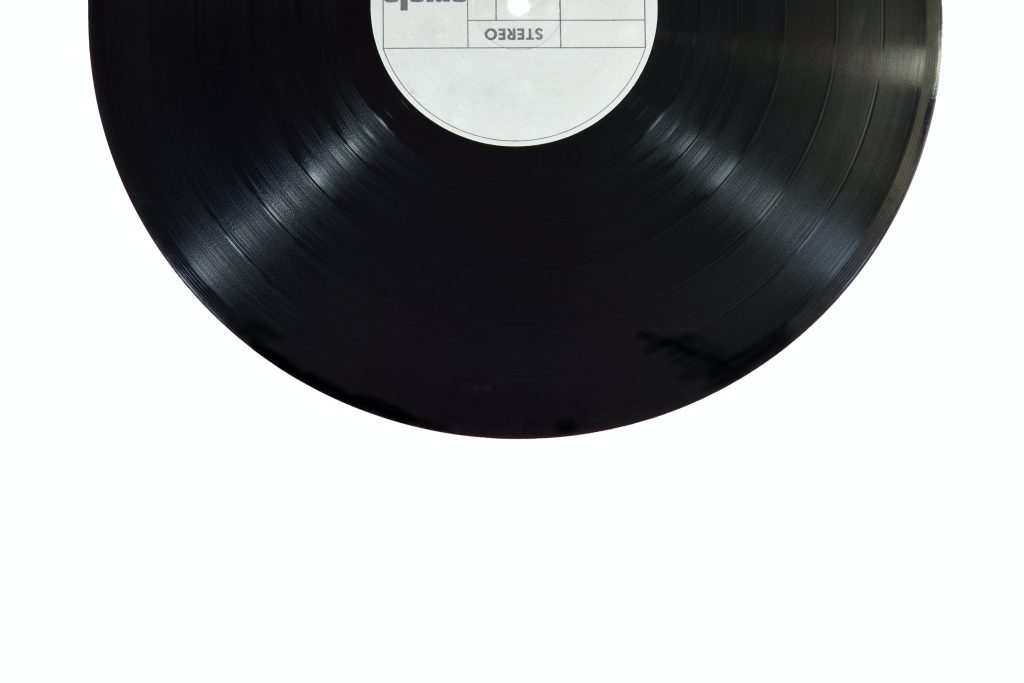This post is part of a year-long series. If my work is helpful for you, consider a contribution through Venmo to support this crucial work of unlearning racial bias.
As the darkness of the opening scenes gives way to a sunny and gorgeous Wakanda day, the Black Panther, T’Challa, honors us with his royal presence. We take in the clear-blue water, the vibrant greens and reds and yellows in scenery and clothing. We glimpse – perhaps for the first time – a masterfully created afrofuturistic setting rich in beauty, history, not least of all, blackness. The beauty of Wakanda warms and invigorates us, like we have just awakened from the deep sleep of an necessary but accidental nap.

Get on Up creatively chronicles the life and times of the Godfather of Soul. From his childhood with poverty-stricken parents who related to each other in a thoroughly dysfunctional way, to his aged adulthood as a volatile, temperamental small-business owner, James Brown led an extraordinary, often fraught life. In choosing this role, Boseman gifted us an iconic image of an iconic cultural figure. He blessed us with his talent for transforming before our eyes to embody the spirit of James Brown in a way only he could. By employing his immense talent, Boseman bequeathed to us all his embodiment of Brown’s legacy.

In Marshall, Boseman breathes life into the story of Thurgood Marshall’s early career as an attorney. We watch as Boseman’s Marshall approaches and recruits reluctant co-counsel to speak for Marshall in a courtroom so steeped in racism and white supremacy that Marshall himself is allowed to be present at the defendant’s table but never to speak aloud. We witness Marshall’s calm, unshakeable cockiness as he remains steadfast in his resolve to exonerate his defendant in the face of seemingly insurmountable odds. We even get the added joy of a cameo in the form of Trayvon Martin’s parents at the movie’s end, as Marshall meets his next defendants – parents of a teenage son who’s been accused of murdering a police officer.

Ma Rainey’s Black Bottom—Boseman’s final role—situated him firmly in a black experience so familiar: that of the frustrated, perpetually hamstrung black American man. Boseman’s Levee wants desperately to display his phenomenal talent on a grand scale worthy of its breadth. But he’s stuck under Ma Rainey’s stubborn insistence and hemmed in by her established presence in the music industry. He can’t lash out at the producers he’s trying to groom to support him, he can’t lash out at the elusive and unpredictable Ma herself, and so he turns his frustration on his bandmates. He lights into them, eager to elicit a violent reaction so that he can finally find release for all his pent up rage.
When I survey the scattering of roles Boseman accepted in his final years – years wherein only he and a tight circle of loved ones knew anything of his health struggles – I see a portrait of a man who worked with diligence and purpose to leave a legacy for us all. He chose to vary his portrayal of the black experience, he chose to dig deep and lean hard into his craft, he chose to be the superhero we all needed.
I’m deeply grateful for the artistic choices Chadwick Boseman made, that broke box office record expectations for a black-led movie, that made star-struck young children want to attend historically black colleges and universities, that provided hope, relief, and joy for an audience full of people like me who are so grossly underrepresented in such beautiful, thorough artistic endeavors. What a gift and a blessing that he used his time on Earth to leave to all of us his enduring legacy of black excellence.
I hope you’ll take a couple of hours to stream one of Boseman’s displays of thespian brilliance this week. And when you do, I hope you’ll reflect:
- Are there celebrities whom you follow, feel a kinship with, or admire? How many of them are black?
- Do you remember the first time you felt truly represented on a TV or movie screen? How old were you? How did you feel? How do you think black schoolchildren felt to have themselves reflected in a Marvel superhero?
Come on back next week, y’all. There’s still much work to be done. So let’s keep working to construct peace in our homes, families, and communities, one piece at a time.
Long live the king.
